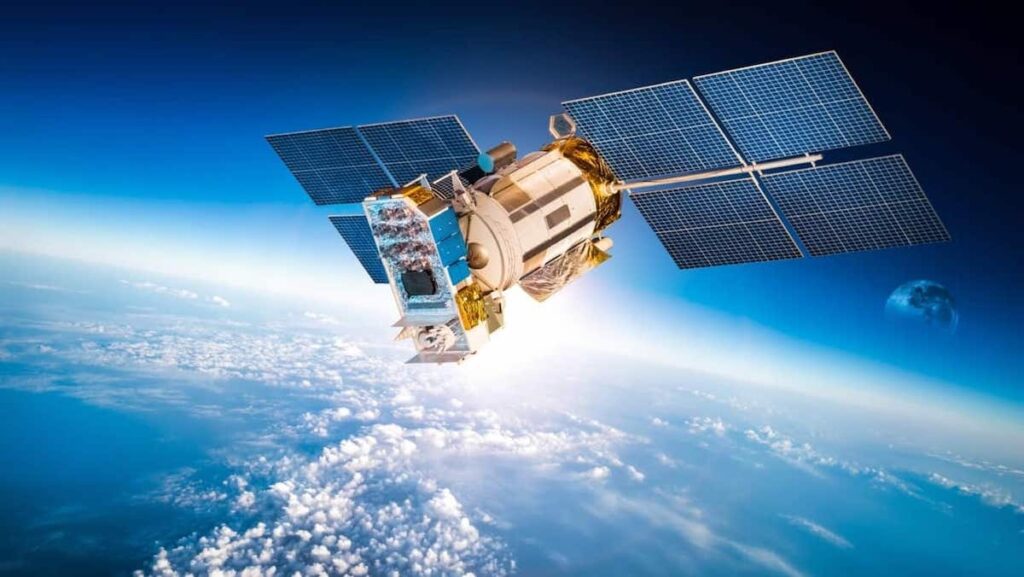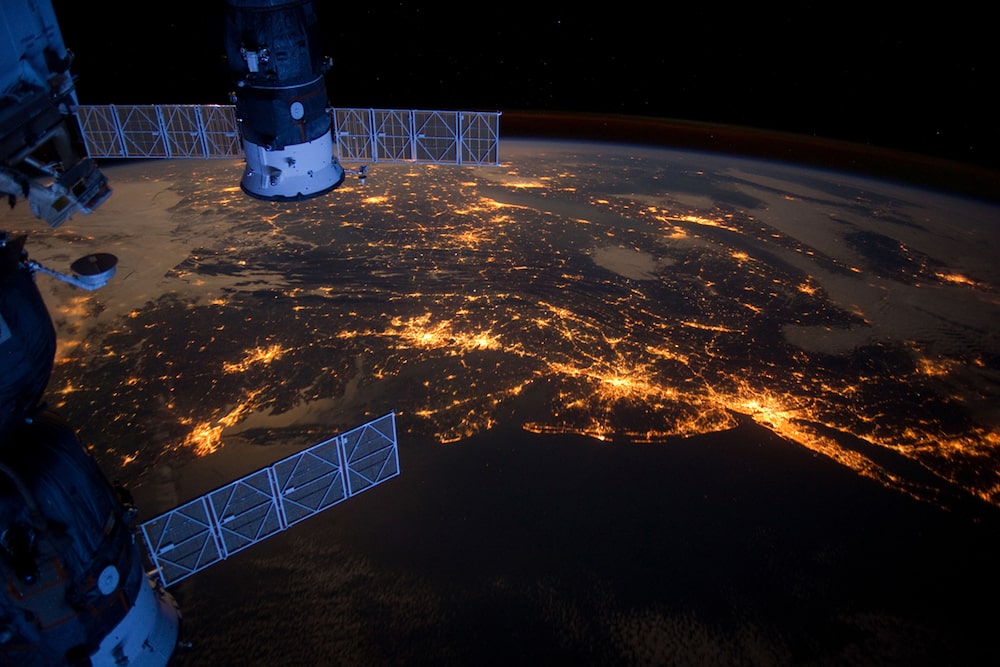
Space Technologies Can Help with the Climate Crisis – Will the UK Miss this Chance?
With the advance of technology and industry, climate change has become an issue that can no longer be ignored. Information on climate change has been made available to everyone with an internet connection, and the prognosis is not good. From catastrophic disasters to pollution in space, scientists have determined that with the rise of humanity’s space age comes the ability to use technology to figure out climate change solutions.

5 ways space technology can help protect the planet
Recent climate change forecast data has shown that pollution and CO2 emissions have increased exponentially for the past 62 years. CO2 emissions were measured to be 5 billion tons in 1959. Recent measures show that emissions have risen to as high as 37 billion tons. Even with nationwide pledges and campaigns to lower factory pollution, there is a rising trend.
The Space Sector plays a vital part in measuring climate change. With the recent advancement in technology and humanity’s imminent Space Age, large launch providers such as SpaceX and Blue Origin can be key to managing the threat of an impending climate crisis. Here are five ways that space technology can help save the planet:
1. Satellite constellations that monitor ocean levels
Due to global warming and the melting of ice caps, ocean levels are rising rapidly, causing out-of-season hurricanes and natural disasters that cause thousands of deaths per year and millions of dollars in damages. The Sentinel 6 is a satellite capable of tracking ocean levels with unprecedented accuracy. The satellite was launched from Vandenberg Air Force Base last November. Scientists have been learning how to measure climate change using the precise data provided by the satellites’ state-of-the-art AI. NASA hopes that the success of Sentinel 6 will inspire others to launch similar satellites in order to create a climate change monitoring constellation.

2. Development of frontier technologies
In short, frontier technologies are the next step in the evolution of current technology. The development of technologies such as IoT (Internet of Things), advanced robotics, 5G, and Space 2.0 systems offer a variety of climate change solutions. Since every new tech builds on the original design of old tech, engineers have been able to improve existing Global Positioning Systems and Auto Targeting Systems for the Space Sector. Continuing to fund and develop Frontier tech is the basis of the fight against climate change.
3. Artificial Intelligence cameras that monitor wildlife crimes
Poaching has been a problem for many years and has led to a decrease in the population of endangered species. The development of satellites equipped with powerful artificial intelligence cameras has helped environmental groups prevent big game poachers from hunting wildlife in Africa. The surveillance satellites were developed by Inmarsat, in partnership with Resolve. The Trailguard AI anti-poaching camera system has proven a big success and has led to the arrest of 30 poachers so far.

4. Satellite imagery data used to benefit farmers and isolated communities
Due to weather changes, many rural communities are experiencing extreme droughts in summer and dangerously high rainfall in autumn. As a result, their local economy is declining, and crops are destroyed. Satellite imagery used to monitor ocean levels and weather patterns have also helped analysts guide agriculturists through such periods. Open Data Cube and Amazon Web Services have made global satellite data accessible to a larger demographic.
5. Satellites capable of tracking and neutralising space debris
As the space sector is preparing to launch several civilian spaceships and a dozen satellites into Earth’s orbit, a large number of discarded or defective space debris is left behind. The UK government has expressed concern that such practices are not only wasteful but also lead to a potentially dangerous precedent. It is vital to develop climate change technology for the fight against space pollution.

The best moment to support the UK space sector
The UK space sector has made considerable strides in joining other nations in the space race. Three spaceports have been cleared for construction on English soil: SaxaVord Spaceport, Space Hub Sutherland, and Spaceport Cornwall. The UK government promises that the spaceports will be operational between 2022 and 2023, with the first launch planned from SaxaVord as early as 2022.
Now is an exciting time for the UK to gather investors both from native soil and from abroad. The Size & Health of the UK Space Industry 2020 report has shown that over 1,200 British organisations are operating within the UK space sector. UK institutions should offer incentives to organisations that are looking to expand their business inside the space sector to find climate change solutions.
Two nanosatellites launched from Glasgow last year, joining more than 100 objects orbiting Earth. The satellites were developed by Spire Global UK and are capable of tracking ship movements at sea.
Challenges to overcome on the way to an ecological future
Rocket launches have gathered a lot of negative attention lately due to criticism that each launch produces CO₂, soot, and water vapours into the atmosphere. Compared to a regular long-haul flight, CO₂ emissions for a four-passenger space flight are up to 100 times higher. In contrast, the largest thermal power plant in the United Kingdom emits between four and ten times less CO₂, emissions than a single rocket launch.
There are countless climate change problems and solutions that need to be solved and implemented before space travel can be considered sustainable enough. One of the most important challenges that the space sector must overcome is the pollution factor. Rocket fuel is expensive and emits too much CO₂ to be used recklessly. The development of eco fuels will allow the companies to reduce costs of fossil fuels and reduce pollution by a noticeable margin.
Another challenge on the climate change solutions list is the continued collection of space debris in Earth orbit. Recent data shows that while there are over 2,000 active satellites in orbit, more than 3,000 broken or inactive satellites remain stranded. These numbers point to a shocking trend of abandoning technology once it has outlived its uses. The UK government has initiated the development of a rocket and satellite that will be able to collect orbiting trash and either destroy it or bring it back to Earth.

Final thoughts
Going into space is a large step for humanity. However, the space industry needs to be vigilant and work diligently towards lowering its carbon footprint in the long run. It’s not enough to make small changes now and hope that the Earth can take one more for the team. No, these changes need to be environmentally conscious and with future thought in mind. More support needs to be allocated towards agencies willing to make the switch towards a less wasteful production method.



